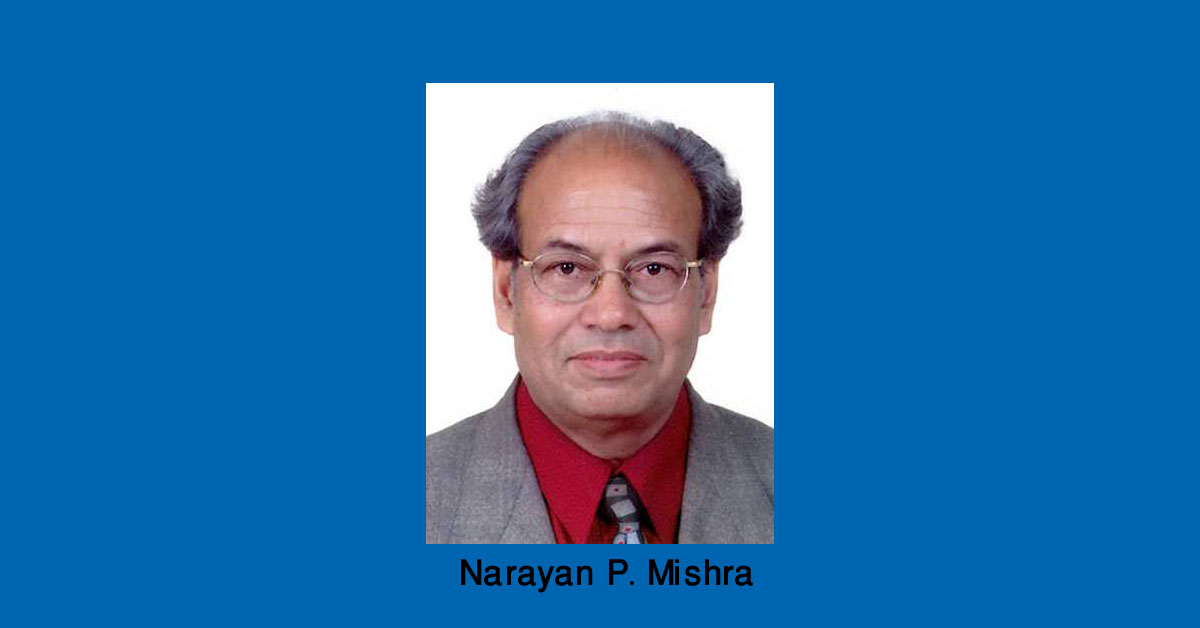By Narayan Prasad Mishra Nepal is no stranger to turbulence. Our political history is filled with waves of protests, movements, and revolts-each born out of frustration with autocratic rulers, authoritarian behavior, unbearable corruption, misgovernance, suppression, oppression, nepotism, favoritism, and the denial of dignity to the people. Time and again, the streets of Nepal have become the stage for people’s anger and aspirations, and time and again, those uprisings have left behind new constitutions and new experiments in governance. We began with the autocratic Rana regime, which lasted more than a century, suffocating the nation under hereditary rule. That gave way to different phases of Shah’s rule-at times strict, at times liberalized, at times presenting a democratic façade. We experimented with the one-party Panchayat system, then adopted Constitutional Monarchy with Multiparty Democracy in 1990, which many hoped would finally balance tradition with modern governance. But the promise was short-lived, and after another decade of unrest and insurgency of Maoists, Nepal entered yet another experiment: a Republic with Multiparty Democracy. People’s hope for genuine change fueled each of these transformations. Yet disappointment followed each time. The Most Terrifying Uprising Most recently, Nepal witnessed perhaps the most terrifying nationwide revolt in its history. It spread like wildfire-erupting across the country in just a day or two. The symbols of state power, including government secretariats, courts such as the Supreme Court, ministers’ quarters, and even the media buildings, private residences of top leaders of major political parties including K. P. Sharma Oli, the then prime minister and the chairman of the UML, Shere Bahadur Deuba, ex-prime minister and the president of the Nepal Congress, Pushpa Kamal Dahal Prachanda, the chairman of the Maoist Party and opposition leader in the House, were engulfed in flames. Within hours, what seemed immovable had been reduced to ashes. Many things were done that were not to be done. The revolt was not just an attack on buildings-it was an indictment of a failed system. The people’s fury was so intense that leaders fled for safety, stripped of the protection of their offices and their words. For a brief moment, it seemed as if Nepal was on the brink of rewriting its destiny once again. Our Love for Conspiracy Theories Yet in the aftermath, an old habit resurfaced. As always, Nepali society turned to conspiracy theories to explain events. This tendency is not new. We have a long tradition of explaining every political shift, tragedy, or upheaval as the handiwork of outsiders. From the educated to the uneducated, from so-called experts and analysts to everyday citizens, we are quick to weave narratives of foreign plots. Many prefer these stories to uncomfortable truths. In the digital age, YouTube channels and social media platforms have amplified this tendency, providing a stage where conspiracy theories spread faster than facts. For every incident-large or small-we instinctively point fingers outward. India and China have historically been the favorite scapegoats, but in recent years, the United States and Russia have joined the list. This convenient deflection allows us to avoid the more painful work of looking inward-of admitting our own failures, correcting our weaknesses, and taking responsibility for our future. But here is the hard truth: no foreign power can harm us if we are united, disciplined, and honest with ourselves. Other countries may try to play the villain for their own advantage, but they can only succeed if we fail in our duty toward our nation. The real danger is not the outsider at the gate-it is our own leaders’ corruption, dishonesty, and betrayal of the people. Why the People Revolt The recent Gen G (Z) Revolution is a case in point. It was not foreign hands that drove the people into the streets. It was our suffocating political culture-cronyism, hypocrisy, kleptocracy, corruption, bribery, nepotism, favoritism, mismanagement, misgovernance, and the dictatorship of political parties. These same ills have haunted every era of Nepalese politics. Our rulers have always been quick to change constitutions, but slow to change themselves. We have replaced regimes, but not mentalities. Even after embracing Ganatantra-a republic without the King-the dream of power resting with the people quickly soured. Instead of dismantling the monarchy, our prime political leaders crowned themselves kings. Lessons from the Past If we look back, at least earlier revolutions brought some structural changes. The Maoist insurgency, for example, began in the 1990s with three core demands: 1) Republic, 2) Federalism, and 3) Secularism. After years of bloodshed and upheaval, those demands were eventually met-though with much drama-in the name of a constitution passed by the Constituent Assembly. Yet many people still believe it was not truly the product of a people’s verdict, but rather the outcome of political pressure and Maoist dominance within the Assembly. Even those who served as members of the Constituent Assembly have publicly admitted that the papers containing people’s opinions, collected from across the country, were never even opened. In the end, the monarchy was abolished, Nepal became a republic, a federal system was established, and the country shifted from its Hindu identity to a secular state. While one may debate whether these changes truly benefited Nepal, the point is that the uprisings produced tangible constitutional reforms. Something shifted-at least on paper. But what of the Gen. G (Z) Revolution? The Bubble That Burst When the revolt erupted with such speed and decisiveness, I thought it would be different. I hoped it would not only bring constitutional change but also a transformation in governance, in attitudes, in honesty, discipline, dignity, and working culture. I believed it could propel Nepal into a new era, where leaders finally respected their duty to the people. But those hopes were short-lived. The revolution ended without even a constitutional amendment. No sweeping reforms were undertaken. The interim prime minister declared, “The constitution does not allow any reform,” forgetting that her own appointment had been outside the constitution’s provisions. What had seemed like a tidal wave of change turned out to be a mere bubble-shimmering for a moment, only to vanish without a trace. The Sad Reality And so we are once again left in the grip of the same party dictatorship and the same sycophants who serve it. We continue to bear the weight of corruption, favoritism, and misrule. Our cycles of protest and revolution seem doomed to repeat, not because of foreign conspiracies but because we refuse to confront the deeper illness within ourselves. Unless Nepalese society learns to abandon the comfort of conspiracy theories, unless we hold our own leaders accountable and demand genuine transformation, history will keep repeating itself. Revolutions will come and go, but the people will remain betrayed. That is the tragedy of Nepalese politics: we rise with hope, but we fall into the same patterns of despair.
https://mypeoplesreview.com/2025/11/26/nepal-a-nation-trapped-in-conspiracy-theories/
Nepal: A nation trapped in conspiracy theories



